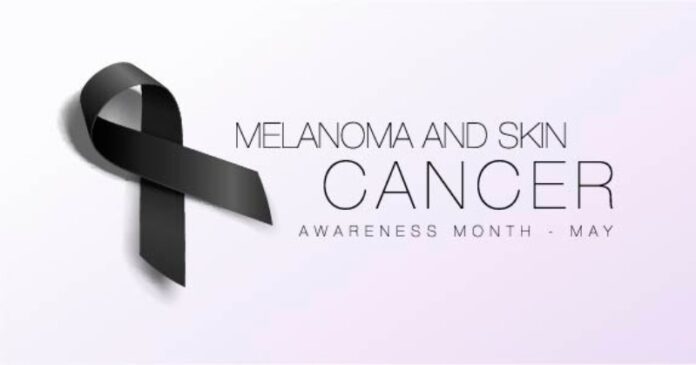
The summer season is rapidly approaching. While skincare should be a year-round concern, people typically spend more time outdoors in the sun during the warmer months. May is National Skin Cancer Awareness Month. So, before the unofficial start of summer this Memorial Day, let’s look at a few ways to protect against and prevent occurrences of skin cancer and melanoma.
Skin Cancer Risks
Some factors make people more susceptible to skin cancer. Some of them are unchangeable, while some of them are very easily mitigated. But even though you can’t control all factors, the awareness of risk can help you make smart choices to reduce your risk.
- Fair complexion. Having fair skin makes you more at risk for developing skin cancer. This is especially true if you burn easily or are heavily freckled.
- Moles. If you have a lot of or abnormally shaped moles, you may have a higher propensity.
- Family History. While you cannot change your family, knowing if you have a genetic component that increases your risk can help you be proactive against skin cancer. If an immediate blood relative has had skin cancer, you may be at higher risk.
- UV sunlight and tanning beds. The one you’ve been waiting for…the sun and tanning beds! Yes, unprotected UV exposure is one of the biggest and most common culprits in causing skin cancer.
Skin Cancer Prevention and Protection
While you may not be able to control or change every aspect of increased skin cancer and melanoma risks, the good news is that there’s a lot you can do. More than 90% of skin cancer cases are caused by excessive exposure to the sun or other UV lights. (We’re looking at you, tanning beds.) But that’s actually pretty good news because it means there’s a lot you can do to reduce and manage your skin cancer risk. Preventive steps include:
- Using a minimum SPF 30 sunblock (titanium dioxide or zinc oxide) daily, year-round. (Especially on the face and neck, which are always exposed to the sun)
- Apply sunblock liberally half an hour before anticipated sun exposure.
- Reapply as needed, approximately every two hours. More often may be necessary if swimming or sweating.
- Wear protective clothing, such as brimmed hats, long sleeves with UPF fabric
- Protect your children by creating healthy habits now.
- Avoid sunburns as much as possible. (Did you know getting five sunburns can double your risk of skin cancer?)
- Get an annual skin check by a Board-Certified Dermatologist.
Skin Cancer Treatment
Unfortunately, you cannot prevent every occurrence of cancer. If you do develop skin cancer, the incredible physicians and staff at Harpeth Valley Dermatology are here to help. Skin cancer treatment is very personalized and will depend on numerous factors, such as the size and location of the cancer, the age and health of the patient, if the cancer has previously been treated, and the type of skin cancer.
Options may include freezing, excision, scraping and burning, or Mohs micrographic surgery. While this may sound scary, the success rate of treating skin cancer is good. The goal of the clinicians at Harpeth Valley Dermatology is to completely remove the cancer while minimizing scarring, saving as much healthy tissue as possible and maintaining your appearance.
If you have a concern about skin cancer or want to schedule your annual skin check, reach out to Harpeth Valley Dermatology at 615-905-8083 or https://www.harpethvalleydermatology.com/contact.
Have a question for Harpeth Valley Dermatology? Fill out the form below:















